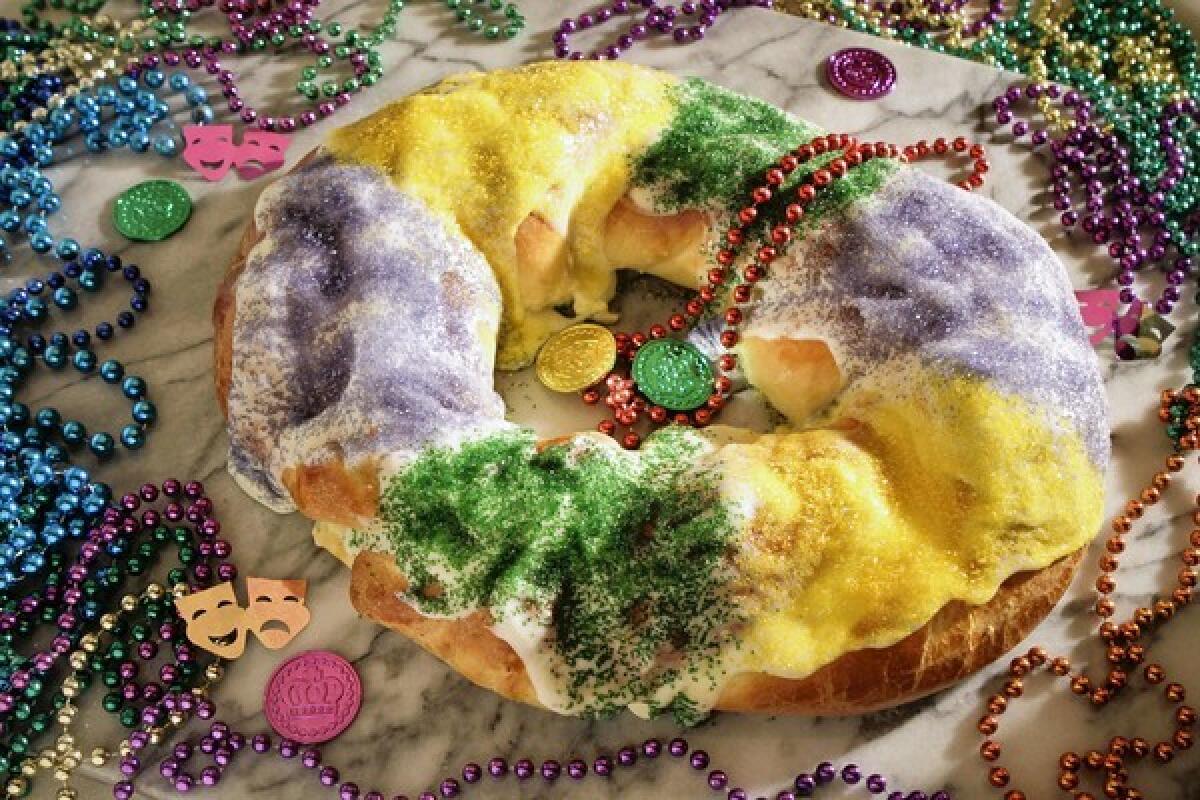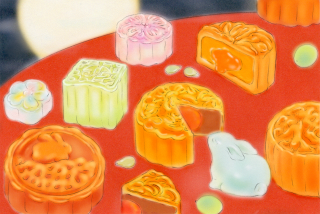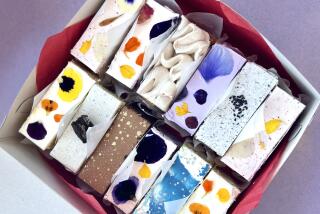King cakes are a great way to indulge before Lent

At first sight, it comes across as, well, a little unusual. A large wreath-shaped cake bedazzled in vibrant shades of purple, green and gold — there’s nothing subtle about it. It might be flavored simply with a touch of cinnamon sugar, or maybe it’s decked out with any of a number of creative fillings. Help yourself to a slice, or two — just be careful you don’t accidentally bite into the plastic baby.
Behold the wonder that is the king cake. For many, a New Orleans-style Mardi Gras is simply not complete without it.
While it may look rather odd — perhaps even gaudy — on its own, the king cake fits right in with a colorful season of festive parade floats and marching bands, masked revelers and flying beads as far as the eye can see.
Largely drawn from Catholic tradition, Mardi Gras is the culmination of the Carnival season, a magical stretch of the calendar that spans from Jan. 6 (Epiphany, also called Three Kings Day) through Mardi Gras, or Fat Tuesday, the last hurrah before Ash Wednesday and the sobering start to Lent. Variations of the cake span a number of Catholic-influenced cultures and countries, as varied as the French gâteau de rois to Mexico’s rosca de reyes.
Of course, no one does king cake quite like New Orleans. It’s decorated in the colors of Mardi Gras — purple (to represent justice), green (faith) and gold (power) — as chosen by one of the city’s first Mardi Gras organizations, or krewes. A token or trinket — usually a plastic baby symbolizing the infant Jesus — is hidden inside. Whoever finds the baby may be crowned king or queen of the party; more important, that person is responsible for bringing the cake to the next gathering.
It should come as no surprise that New Orleans goes through a lot of king cakes over Carnival — hundreds of thousands are baked each season. For those who live out of town, cakes are available by mail-order; some bakeries even offer overnight delivery.
I try to get back to New Orleans whenever I can to celebrate Mardi Gras. When I can’t (more often than not), I’ll celebrate at home with friends. Over the years, I’ve found it’s next to impossible to find a local bakery that makes New Orleans-style king cakes, let alone knows what one is. And authentic as a mail-order cake may be, I’ve never had one that matched freshly baked. (In my experience, king cakes — like most baked goods — should never be sent through the mail. Even the best ones come out of the box looking a little traumatized; most are dry and as stiff as a stale fruitcake.)
So I’ll bake a few king cakes every year to celebrate the season. They take a little bit of effort but are well worth the time. And nothing beats the flavor of homemade.
Start with a rich brioche dough — don’t skimp on the butter (please, save the diet for Lent). Stuff the dough with at least one filling — besides flavor, it helps the cake stay moist. Personally, I prefer two fillings, just to keep it interesting: a crisp apple filling studded with toasted pecans and raisins (soak the raisins in rum for a little extra fun) and a whipped cream cheese filling for sheer gush. Roll up the dough, then give it a quick twist to give the fillings a braided appearance.
The cake bakes in almost no time. Puffed and golden-brown, baptize your creation with creamy glaze, then give it sparkle with a drizzle of colored sugars. And don’t forget to hide the baby inside.
The cake is best served slightly warm. Chunks of apple alternate with the light cream cheese filling — each slice is a wonderful play on flavors: not too tart, not too sweet. It’s a thing of festive beauty and — next to some colorful beads and a batch of rum-imbued Hurricanes — the best way to celebrate Mardi Gras.
More to Read
Eat your way across L.A.
Get our weekly Tasting Notes newsletter for reviews, news and more.
You may occasionally receive promotional content from the Los Angeles Times.











